What is IPM - Integrated Pest Management ?
Most times the idea of a pest is a bug that is not wanted - the ants that invade our kitchens, or the flies that speckle the windows. However, the broad meaning of pest can include, insects, weeds, and diseases.
Integrated Pest Management is the application of the decisions we make to determine the steps we will take to insure the pests are less intrusive. The options are Prevention, Suppression, and Eradication.
Varying degrees of intrusion can indeed be problematic, but some pests are just doing what pests do, -eat, procreate, and die.
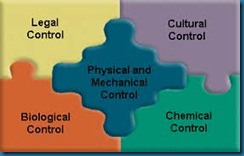
Pest Management can be classified into four categories – 1) biological controls, 2) chemical controls, 3) cultural controls, and 4) legal controls. Chemical pesticides are not my remedy of choice, so my focus will feature biological and cultural control methods.
The Biological Controls methods are divided into three approaches, - 1) classical, 2) augmentation, and 3) natural. Classical biological approach is to find and use a natural enemy of the pest. If a pest has been imported, either on purpose or accidentally to an area, the idea is to go to the area of origin and find out what kept the pest in check.
Augmentation methods are to release large quantities of natural enemies.
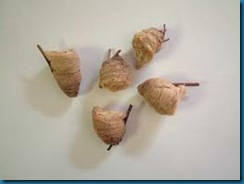
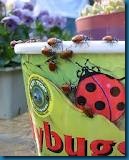 These cocoons are praying mantis.
These cocoons are praying mantis.Since these insects are mobile, the release in your garden does not guarantee they will stay to chow down your pests.
Other biological controls are available in the marketplace and are natural. Bt
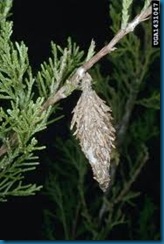
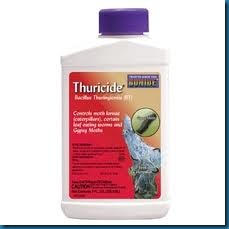
Milky Spore
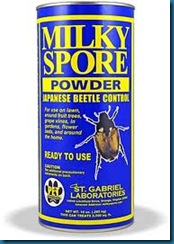
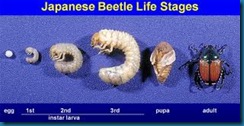
Cultural Controls for pest are available, but the success of them takes some planning.
1) Use plants that have a natural pest resistance. Native plants have overcome many of the diseases and insects in the area. This survival has inbred this immunity into many wonderful plants that pests just don’t like.
2) Choose plants appropriate to your hardiness zone. This past year the hardiness maps have been redrawn, and many of our areas have changed.
 Plant hardiness insures less stress from unfamiliar temperatures. Less stress, the better able for your plant to withstand insect and disease damage.
Plant hardiness insures less stress from unfamiliar temperatures. Less stress, the better able for your plant to withstand insect and disease damage. 3) Plant in the right place. Consider shade, soil fertility, pH, and drainage before you choose a plant. Again, the less stress the healthier your garden.
4) Choose healthy plants from the garden center. Check the soil in the container. Is it loose, moist? Gently pull root ball from container – are the roots full and white, or are they dry and brown? Do the leaves have insect holes, or are the leaves dry, brittle, or yellow? Only take home good quality plants. If you buy from a catalog, apply the same standards and send poor looking plants back.
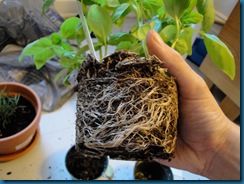 Roots are white, but need to be loosened, gently before planting.
Roots are white, but need to be loosened, gently before planting. These tomato leaves are suffering. They are curled and pale. Leave this plant at the garden center.
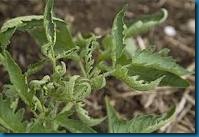
Integrated Pest Management or IPM decisions are not difficult if you know your garden and plan for the fact that pests are out there. How radical of a response you give the pests can depend on several things. 1) Can I live with this? 2) Can the plant live with this? And 3) is the remedy worse than the problem?
3 comments:
Lots of good info here. Read a lot about the milky spores and it working pretty well also.
Myself - been out in the gardens the last couple days. :)
Cher Sunray Gardens
Good info. I won't use chemicals on my vegetable garden, so it's always good to know some other types of control.
very helpful to me personally
Post a Comment